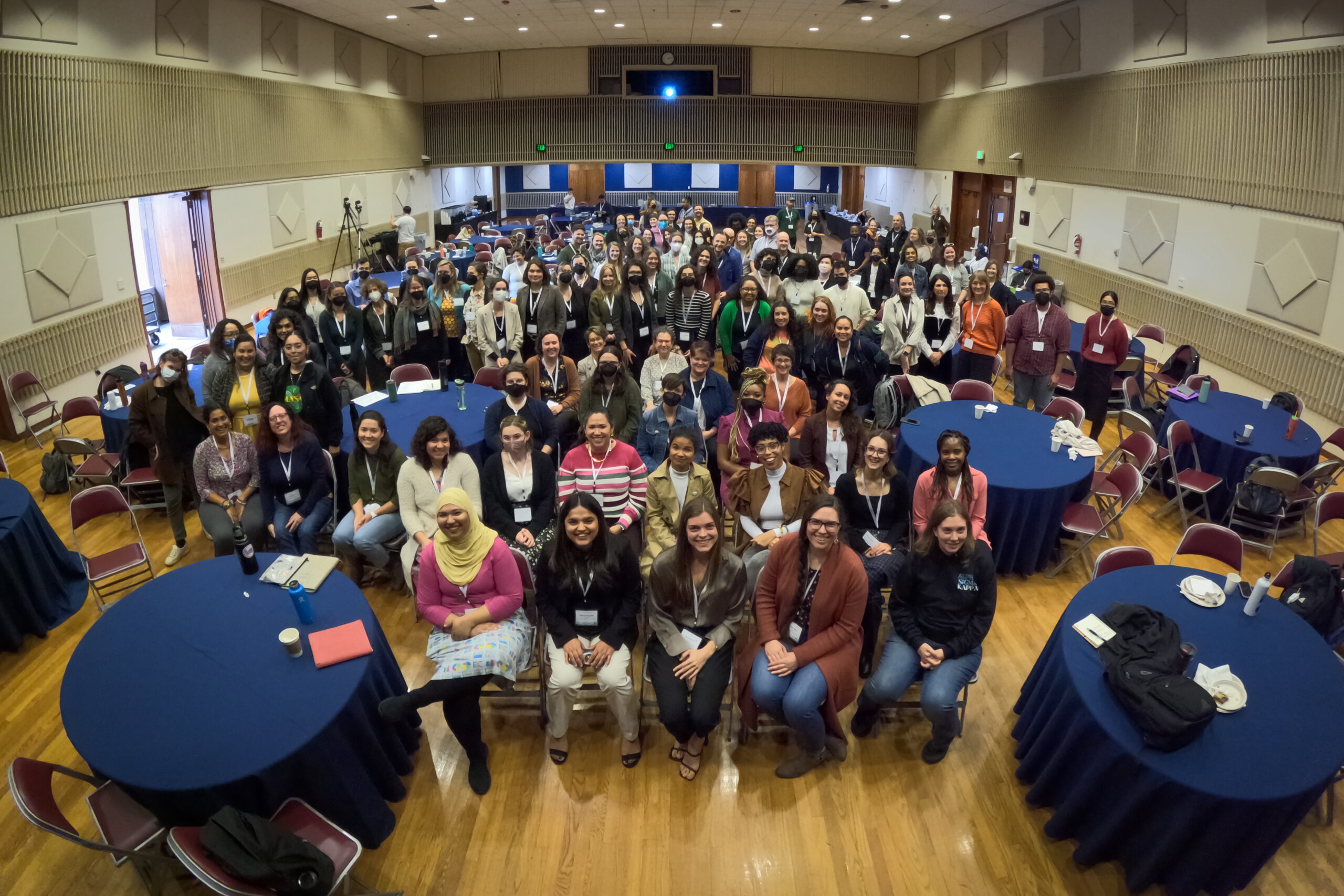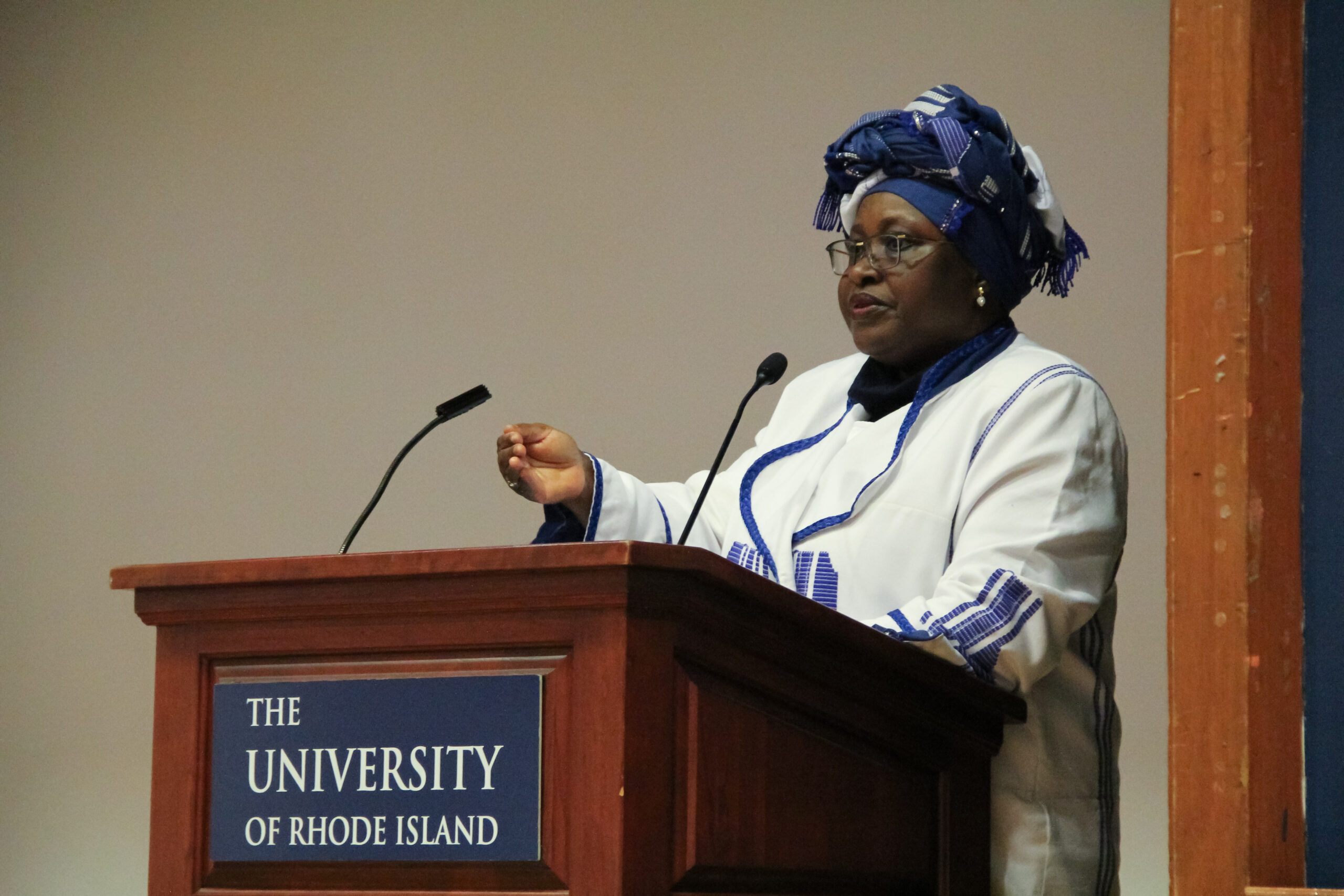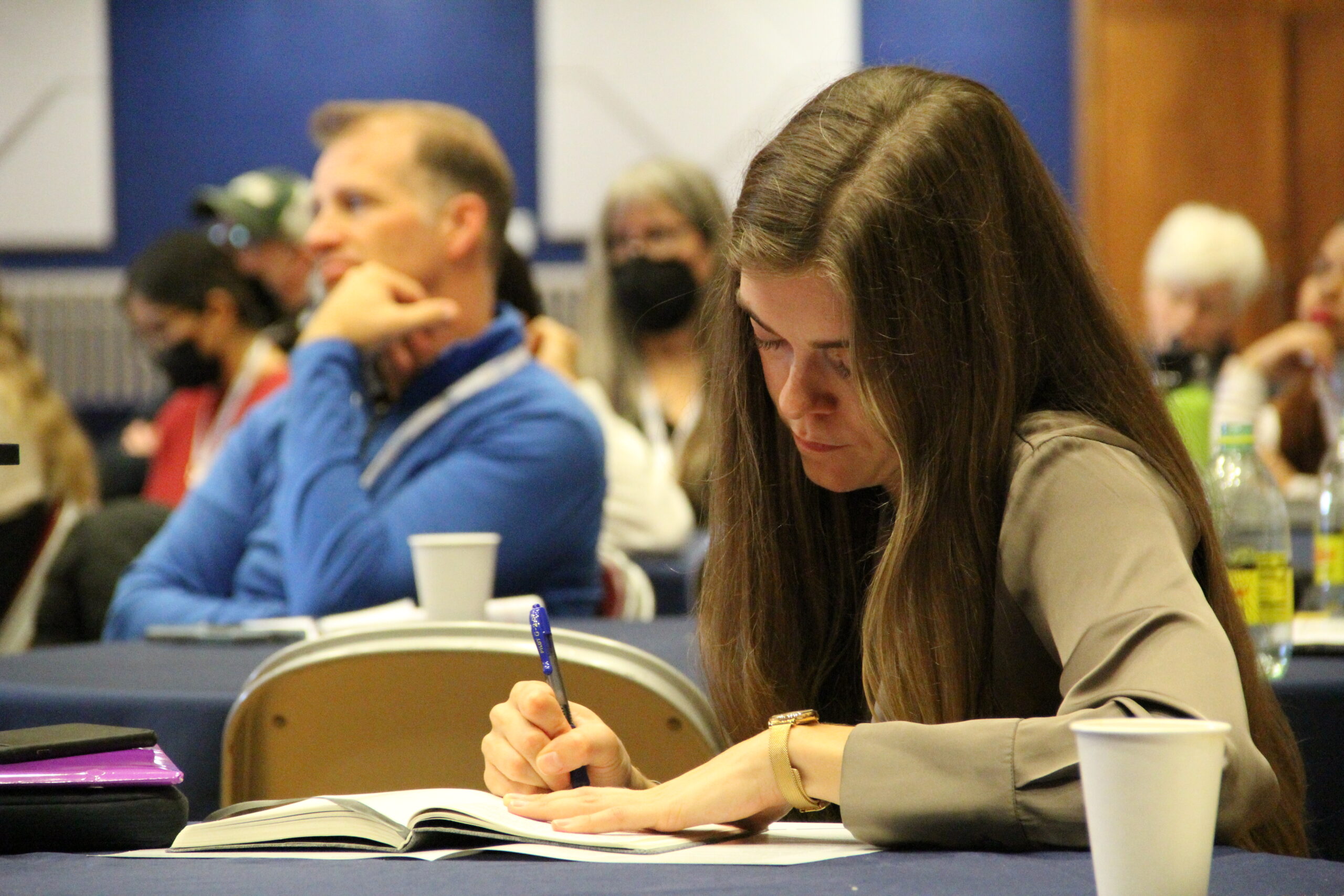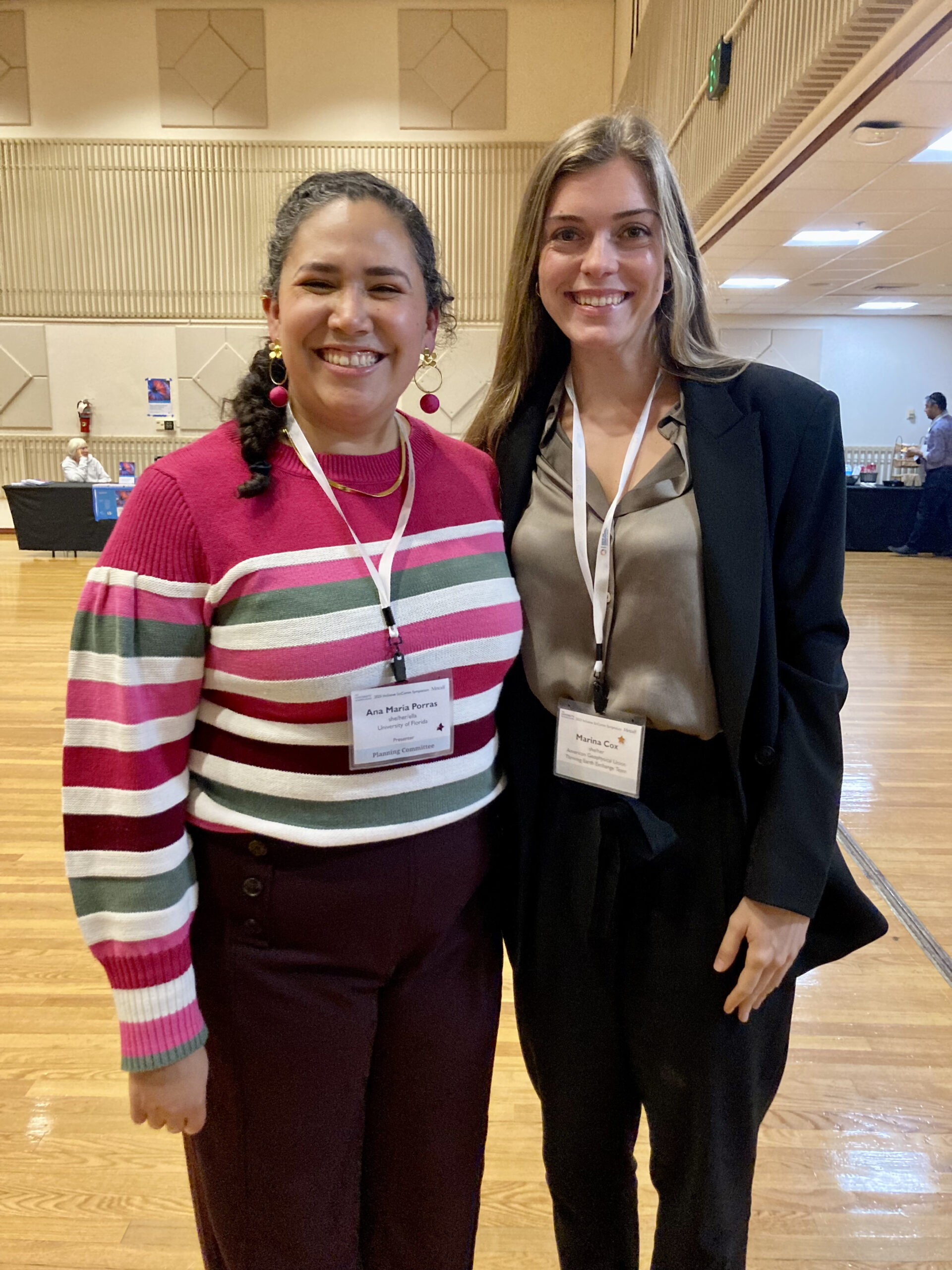
Figure 1 Attendees at the Inclusive SciComm Symposium at the University of Rhode Island. Image courtesy of Inclusive SciComm from photographer Amirali Momeni.
By Marina Cox
In the past decade, science communication has acknowledged the urgent need for diversity, equity and inclusion in its practices, methodology, audiences, and organizations. Language is a crucial tool to promote access and inclusion to STEMM, but it is often overlooked. Last month, I had the opportunity to attend the Inclusive SciComm Symposium at the University of Rhode Island where participants gathered to share and discuss practical approaches to equitable public engagement with STEMM. To highlight the importance of language, the conference touched upon a key theme: how building trust and being intentional in word choice can have a positive and effective impact on multilingual science communication. As a native Spanish speaker who has been immersed in cross-cultural experiences, I found this theme extremely interesting and relatable. Below are a few key takeaways and highlights.
“We can only do the best we can until we know better. Then, when we know better, we must also do better.” –Maya Angelou
Language Preserves Power
One of the keynote speakers, Dr. Elizabeth Rasekoala, the president of African Gong, shared her practical insights about sociocultural inclusion in the Global South. She began by quoting Maya Angelou: “We can only do the best we can until we know better and that once we know better, we must also then do better.” It is in this context that Dr. Rasekoala focused on why language matters in being inclusive and powerful. When you think about it, learning and understanding the language allows us to communicate with one another. It also has the role of carrying the history and the culture built within it. More importantly, it is through language that some people seek to preserve power and privilege, while others may engage in efforts to challenge that power. Dr. Rasekoala connected her experiences of growing up in a multilingual household and encouraged the audience to share their roadblocks of language barriers in science communication. A member of the audience shared their experience of having to code-switch to English when talking about science to her family who is Colombian. Other members in the audience chimed in, including Dr. Rasekoala, and agreed that it’s a loss that they are not able to speak about science to their family in their local language.

Figure 2 Dr. Elizabeth Rasekoala giving her keynote lecture: “Transcending Boundaries: Lessons in Inclusive Science Communication from the Global South.” Image courtesy of Inclusive SciComm from photographer Amirali Momeni.
Language barriers in science communication are a critical issue that can negatively affect marginalized communities who are seeking for the comprehension, knowledge, and practice that we as community scientists have. It is crucial for science communicators to address the importance of global inclusivity and shift the approach in this field. In a world that’s rapidly changing and uncertain at times, there is a lot of fear of the unknown, but if you can communicate effectively and bring the hope and knowledge, you can build trust in others. Community science has the power to help human beings understand the world and the first step in building trust is to prioritize inclusion, equity, and intersectionality. We must value the perspectives of marginalized groups and prioritize them as a core principle of science communication.
“We must acknowledge and understand how historical, political, and cultural oppressions have affected participation in STEMM and encourage a sense of belonging by fostering collaborations and enhancing the quality of research projects.”

Figure 3 Marina Cox (author) taking notes on Dr. Rasekoala’s insights during her keynote lecture. Image courtesy of Inclusive SciComm from photographer Amirali Momeni.
How do we grow the knowledge, aptitude, skillsets, and mindset changes of current and future science communication professionals to establish and sustain the paradigms of inclusive science? Dr. Rasekoala revealed that we must move from a quantitative thinking mindset to a quality thinking mindset. She noted that we should establish new forms of cross regional engagement forums as mechanisms of establishing and sustaining “critical reconciliation mediation and recalibration contact zones.” In other words, to practice inclusive science communication we must acknowledge and understand how historical, political, and cultural oppressions have affected participation in STEMM and encourage a sense of belonging by fostering collaborations and enhancing the quality of research projects. With increasing trust, mutual learning, dialogue, and respectful listening, the impact can result in amplifying diverse perspectives and work together creatively to solve societal problems—key traits of inclusive science communication. As Maya Angelou said, we can only do better until we know better. So, to grow inclusive community science efforts, we must grow the knowledge, be reflective in our communication practices and be intentional in shifting our current strategies.
“Rather than alienating Spanish speaking communities, it’s crucial to learn who they are as individuals, acknowledge their historical and present oppressions and inequities, strategically build trust and lean on empathy to then develop relevant content they will be able to relate to and feel heard.”
Navigating Multilingual Science Communication
Although having a central scientific language remains crucial for globally sharing science, maintaining one dominant language can create language barriers in accessing scientific knowledge. The English language dominates global science communication, but to pave the way for more globally inclusive, representative, and innovative approaches, it’s necessary to strategize and build multilingual science communication. So, how do you strategically and effectively build that trust in multilingual science communication?

Figure 2 Dr. Ana Maria Porras (left) after her presentation on Multilingual Science Communication with the author Marina Cox (right).
Dr. Ana Maria Porras and Kevin Alicia Torres shared a few practical considerations in navigating these situations in science communication. Dr. Ana Maria Porras, who is an assistant professor at the University of Florida, leads the tissue-microbe interactions lab and develops multilingual and artistic strategies to engage communities locally and globally. In fact, she uses fiber arts and crotchet to teach community science. Every week, she posts a different crocheted micro-organism and tells her story across her English-language and Spanish-language accounts. In a similar way, Kevin Alicia Torres highlights Latinos/Latinas in STEM through his podcast “Caminos en Ciencia.” During his presentation he noted the importance of developing culturally relevant content for your audience. For instance, the issue of global warming might mean a polar bear running on thinning ice, but for South American communities it might mean hurricanes destroying several communities.
We then were placed in breakout groups where we discussed our experiences and strategies in navigating bilingual science communication. There were common threads related to the challenges of understanding different Spanish dialects as well as acknowledging and considering a community’s socioeconomic status, experiences, and current situations. But at this discussion, we all agreed that if you build culturally relevant content and provide translated material it will result in effective, inclusive, and global multilingual science communication. It was inspiring to learn together about effective ways to be more inclusive when approaching community science and relationships. Rather than alienating Spanish speaking communities, it’s crucial to learn who they are as individuals, acknowledge their historical and present oppressions and inequities, strategically build trust and lean on empathy to then develop relevant content they will be able to relate to and feel heard.
As our team at Thriving Earth Exchange is reaching and empowering more Spanish-speaking frontline communities both locally and globally, it is crucial to implement the inclusive science communication techniques and strategies learned from the presenters and attendees at the conference. Recently, I’ve focused on translating materials like our website which is available in Spanish. Additionally, a few Spanish speaking communities joining our upcoming cohort, we have developed a strategic plan to provide translated material and tools to set their projects up for success. Along with the written material, engaging marginalized communities comes down to being empathetic, intentional, and adaptable. By respecting and learning others’ identities, actively listening to the experiences and values they choose to share, providing culturally relevant content in Spanish and building a constructive relationship achieves the goal of equitable and global science communication.

1 Comment
Ben HaleNov 17, 2023 at 4:13 PM
I love this!! It’s so important to be inclusive to the entire science community.